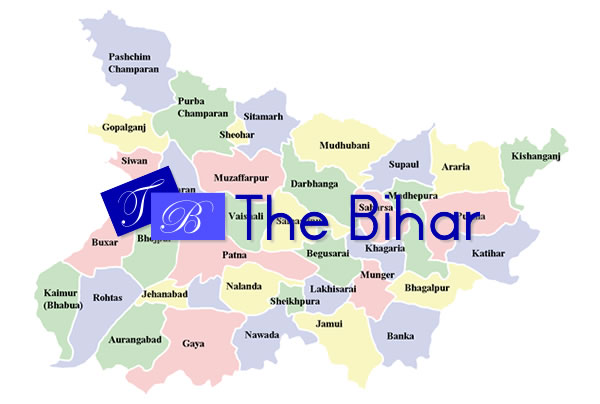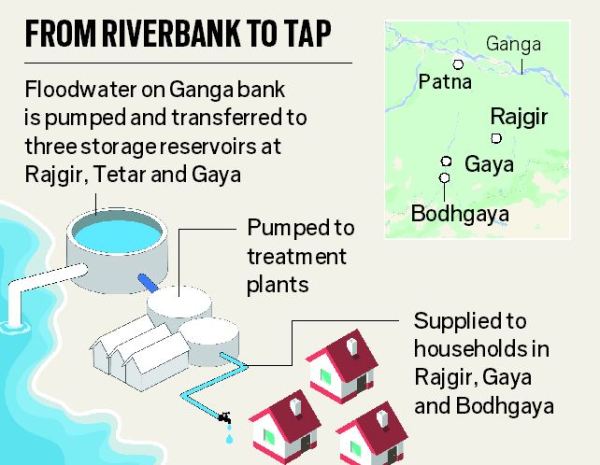Bihar records highest dip in poverty ratio
2 min readIn what could be a relief to Janata Dal (United) leader Nitish Kumar, the C Rangarajan panel on poverty estimation report has said that in Bihar the poverty ratios dipped by over one-third in just two years between 2009-10 and 2011-12 — much greater than any other state in India.
Kumar had resigned as Bihar chief minister after receiving drubbing at the hands of the BJP-led National Democratic Alliance in the recently concluded Lok Sabha polls. The JD(U) had won only 2 whereas the NDA bagged 28 out of the total 40 seats in Bihar.
According to the Rangarajan panel on state-wise poverty ratios Bihar witnessed the maximum dip in poverty ratios with the fall from 63.9% in 2009-10 to 41.3% in 2011-12 — a dip of about 22 percentage points. In absolute terms, it translates into 21 million people lesser poor people in the state.
The feat resulted in Bihar losing the dubious tag of having the highest poverty ratio in India.
Bihar has been replaced by BJP-ruled Chhattisgarh, where the panel has categorised 47.9% of the people as being poor.
In 2009-10, 53.8% of Chhattisgarh’s population was categorised as poor as per Rangarajan’s definition of poverty based on “basic standard of well being” including spending on food, education, transport and house rent.
The panel’s estimation shows that poverty is still a huge concern in Maoist effected states even though the UPA government had spent over `4,600 crore in 83 districts over four years starting 2010-11 under its ambitious Integrated Action Plan (IAP) for bridging development deficiency in Left Wing Extremism hit areas.
Apart from Maoist hit Chhattisgarh, two other affected states Odisha and Jharkhand find themselves high on the poverty ratio scale.
Around 45.9% of people in Odisha were poor in 2011-12 as compared to 48.3% in 2009-10.
In Jharkhand, 42.4% were poor in 2011-12 as compared to 52.1% in 2009-10.
A member of the panel, who was not willing to be quoted said, the estimation clearly showed that effective implementation of poverty alleviation programmes can result in dip in numbers.
“Bihar is a case for study on how government programmes can reduce poverty. But in contrast the same programmes have not helped in substantially reducing poverty in other Maoist-affected states where impact of these programmes are not much,” he added.
Eight districts of Bihar were also covered under IAP.
Courtesy: Hindustan Times


